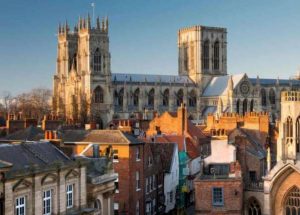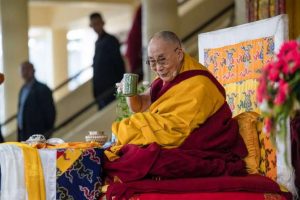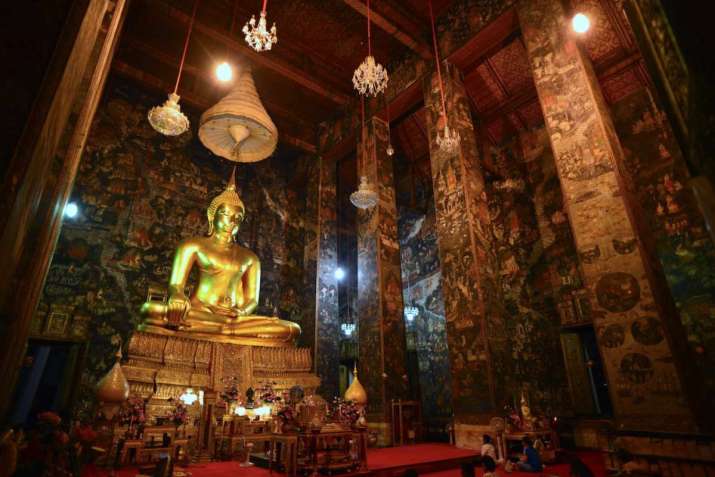
A dedicated team of Thai artists has been recruited to take part in a three-year initiative to rescue a remarkable piece of Buddhist history at the renowned Suthat Temple in Bangkok. The expansive mural paintings in Wat Suthat’s main hall, which date to the 1840s, depict stories of the Buddha’s previous incarnations as well as scenes of daily life in Rattanakosin period (1782–1932) Siam, have fallen into disrepair.
“We found an advanced state of deterioration, especially from the lower part when we inspected the paintings in 2016,” said Alongkorn Thiamjun, the artist in charge of the restoration team. “Some pieces of those murals had already been lost, while other parts were detached from the wall.’ (Bangkok Post)
The remarkable fresco last underwent restoration work during a massive renovation project for Wat Suthat in 1982, funded by the German government. The initiative was launched as part of celebrations to mark the 200th anniversary of Bangkok’s founding, and was completed in 1985.
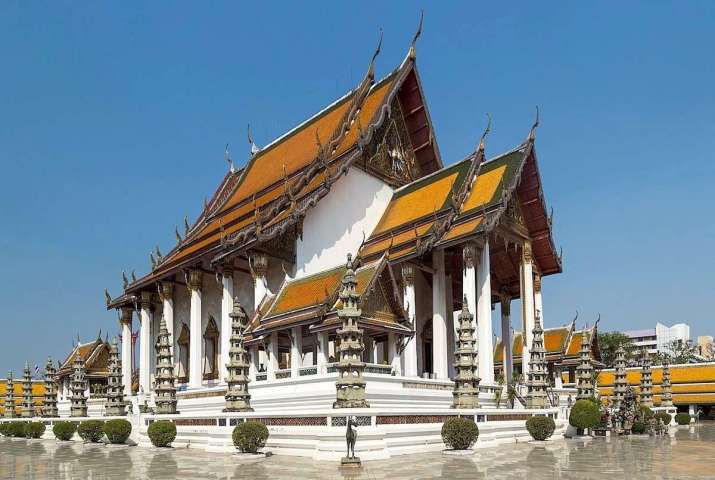
Decorating all of the main hall’s interior walls, the bottom of the murals start about one meter above the floor and extend to the ceiling 30 meters above, and also cover each of the hall’s eight pillars—totalling well in excess of 2,000 square meters.
“This is the largest mural area inside a prayer hall in the kingdom,” observed Alongkorn, who works with the Fine Arts Department’s Office of Archaeology. “If nothing is done, there would be a high risk that this invaluable heritage would be gone forever.” (Bangkok Post)
The frescoes depict stories from the life of the Buddha and his previous incarnations, scenes from the ancient Indian epic poem Ramayana, as well as Dharma teachings and scenes of daily life from old Siam. The original colors have faded with the passage of time, and have gathered layers of dirt and grime, noted Anandha Chuchoti, director-general of the Fine Arts Department, adding that other sections are peeling due to moisture and exposure to pollution, while same areas have already disappeared completely.
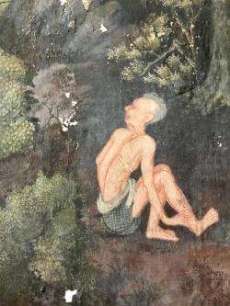
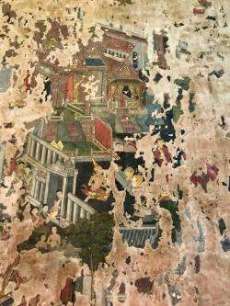
“Wear and tear is clearly shown on lower parts of the walls and the pillars, although major parts of the murals are still in original condition. The restoration work is needed immediately,” Anandha explained. (Bangkok Post)
The three-year restoration initiative is already underway, having begun last year with a budget of 14 million baht (US$445,000), and is scheduled to continue until 2019. The process involves documenting and planning repairs for the damaged areas of the murals, followed by gently cleaning and consolidating the fragile paintwork. In the following phase, faded and missing colors are repainted in line with international restoration standards. “[UNESCO has] identified 12 specific colors that we can use for repairing murals that can match natural colors used in old times,” said Anandha. (Bangkok Post)
One of the largest Buddhist temple’s in Bangkok, Wat Suthat Thepphawararam is classed as one of 10 first grade royal temples in Bangkok, and one of just 23 in Thailand. Construction was initiated by King Rama I (r. 1782–1809) in 1807. The temple underwent further expansion and improvements under King Rama II (r. 1809–24), although the site was not formally completed until 1847, during the reign of King Rama III (r. 1824–51).
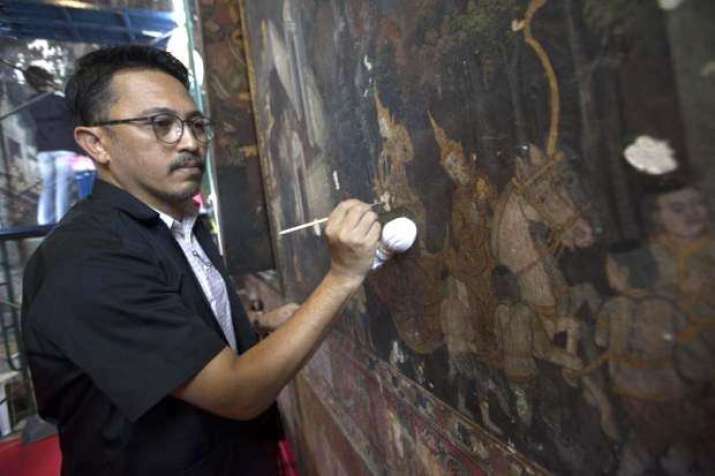
As well as the unique murals, the temple’s main hall, one of the oldest Rattanakosin period buildings still in existence, contains an eight-meter-high bronze statue of Shakyamuni Buddha. The image was originally cast in Thailand’s Sukhothai Province, more than 400 kilometers north of the Thai capital, and transported to Bangkok by river.
Wat Suthat is also renowned for the 20-meter-high standing swing that stands in front of the temple’s main entrance. Fashioned out of teak wood at the end of the 18th century, it was used in annual Brahmanic ceremonies until 1932.
In 2005, the Thai authorities submitted an application for the temple to be considered as a future UNESCO World Heritage Site.
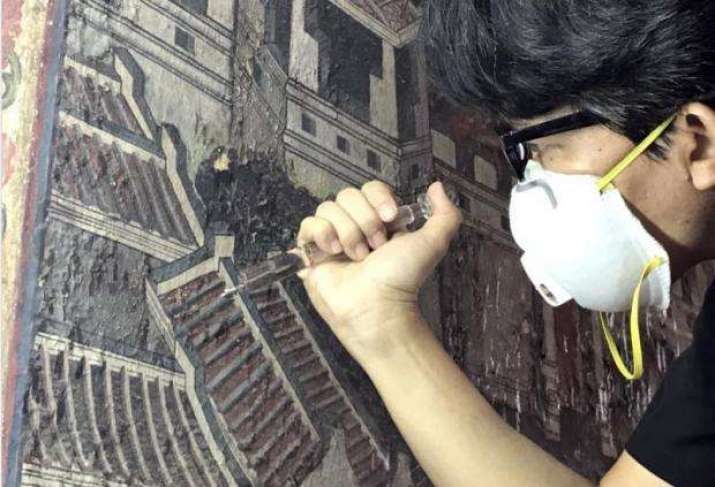
Thailand is a predominantly Buddhist country, with 93.2 per cent of the nation’s population of 69 million identifying as Theravada Buddhists, according to 2010 data from the Washington, DC-based Pew Research Center. The country is home to approximately 38,000 temples and some 300,000 monks.
See more
Paradise found (Bangkok Post)









